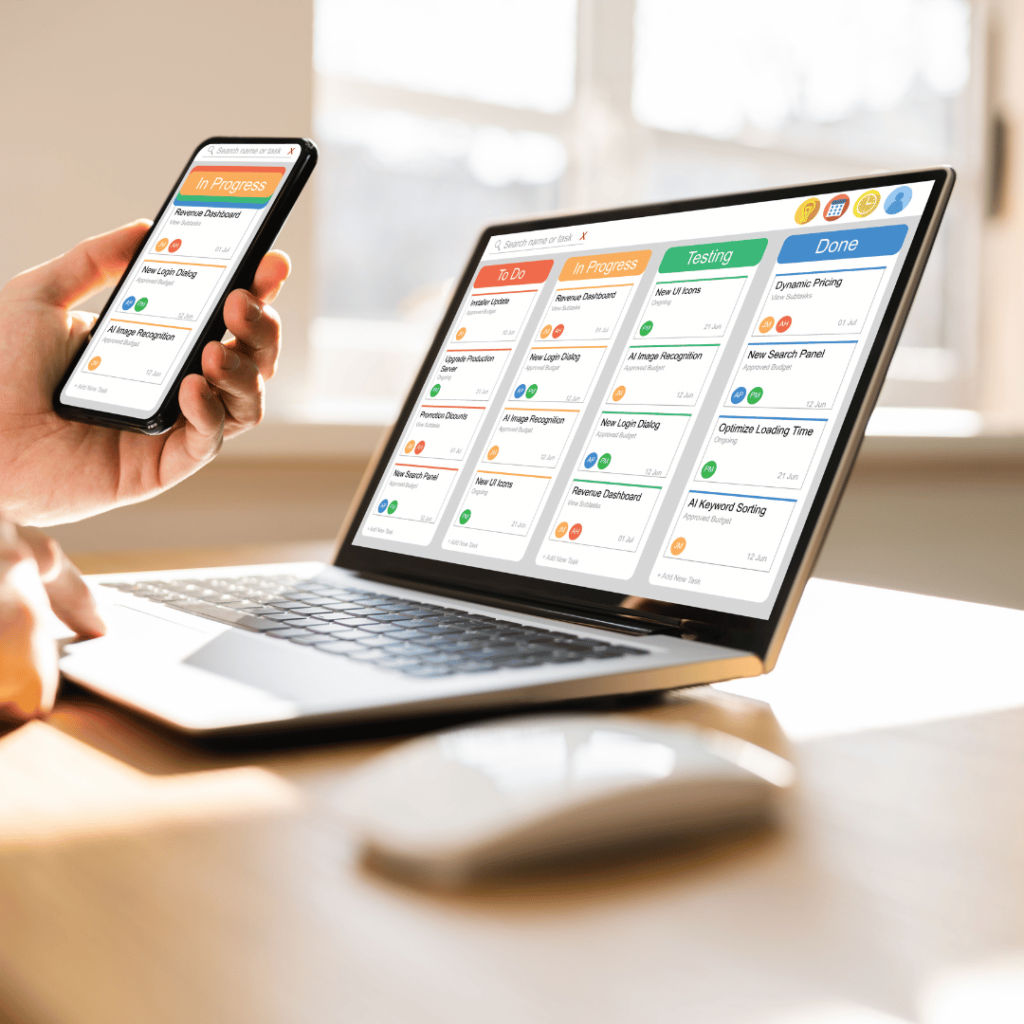A Step-by-Step Guide to Getting Started with Digital Marketing
So, you’re ready to take the leap into digital marketing? Welcome aboard! Whether you’re a small or mid-level business owner or part of a dynamic marketing team, embarking on this journey can feel daunting—but I’m here to guide you step-by-step through the initial process. Video has become a large part of the digital marketing strategy, and I want you to succeed. As I shared during my webinar “Plan, Engage, Execute: A Video Marketing Strategy for Entrepreneurs” for the New York Public Library Thomas Yoseloff Business Center, video isn’t just about hitting record; it’s about thoughtful planning, engaging storytelling, and consistent execution. Here’s your essential guide to getting started.
Step 1: Define Your Purpose and Audience
Before you pick up any camera, it’s crucial to define what you aim to achieve. Are you looking to build brand awareness, educate your audience, or increase sales? Clarity in purpose shapes every subsequent decision. Next, know your audience deeply—what
resonates with them, their challenges, and how your product or service provides a solution.
Step 2: Scriptwriting and Storyboarding
Great videos begin with great stories. A script is your blueprint; it dictates the narrative flow, key messaging, and dialogue. Write conversationally, keeping your brand voice consistent and your audience engaged. Once your script is ready, develop a storyboard—a visual representation of each scene. Storyboards are indispensable because they help you visualize the video sequence, ensuring nothing critical is overlooked during filming.
Step 3: Creating a Shot List
A shot list is your organized checklist detailing every shot you need to capture. It specifies camera angles, framing, and transitions. Think of it as your filming to-do list, ensuring efficient use of time and resources. This detailed preparation avoids costly reshoots and maximizes your productivity on set.
Step 4: Developing Your Production Schedule
Time is money, especially in video production. A production schedule outlines timelines for every phase—pre-production (planning), production (filming), and post-production (editing). Set realistic deadlines and include buffer time for unexpected hiccups. Effective scheduling ensures smooth workflow and timely content release.
Step 5: Preparing Shoot Notes
Step 6: Planning Visuals and Audio
Quality visuals and crisp audio are non-negotiable. Decide early on your visual style—whether professional, casual, animated, or live-action. For audio, remember that poor sound quality can ruin even the best visuals. Invest in good microphones and plan for ambient noise control. According to HubSpot, 70% of marketers report better results from videos with clear audio quality (HubSpot, 2022).
Step 7: Getting Organized: Gear, Props, and Wardrobe
Organization is key. Prepare comprehensive gear lists—cameras, tripods, lights, microphones, and batteries. Forgetting a small item can disrupt an entire shoot. Additionally, plan your props and wardrobe well ahead. Props should enhance your message, not distract. Wardrobe choices should align with your brand identity and the video’s tone.
Step 8: Staging Plans
Location, location, location! Whether shooting in your office, outdoors, or a rented studio, your location sets the video’s tone. Visit the site beforehand to plan your staging—consider lighting, backgrounds, and space constraints. A thoughtfully staged environment boosts your video’s credibility and professionalism.
Embarking on video marketing requires strategic planning and attention to detail. Every step, from scripting to staging, builds towards delivering impactful content that resonates with your audience. Remember, video marketing is a continuous learning process. Analyze your results, adapt, and don’t hesitate to innovate. Your audience awaits—ready to watch, engage, and convert.
Happy filming!
References:
HubSpot. (2022). Video Marketing Statistics 2022. Retrieved from https://www.hubspot.com/marketing-statistics














